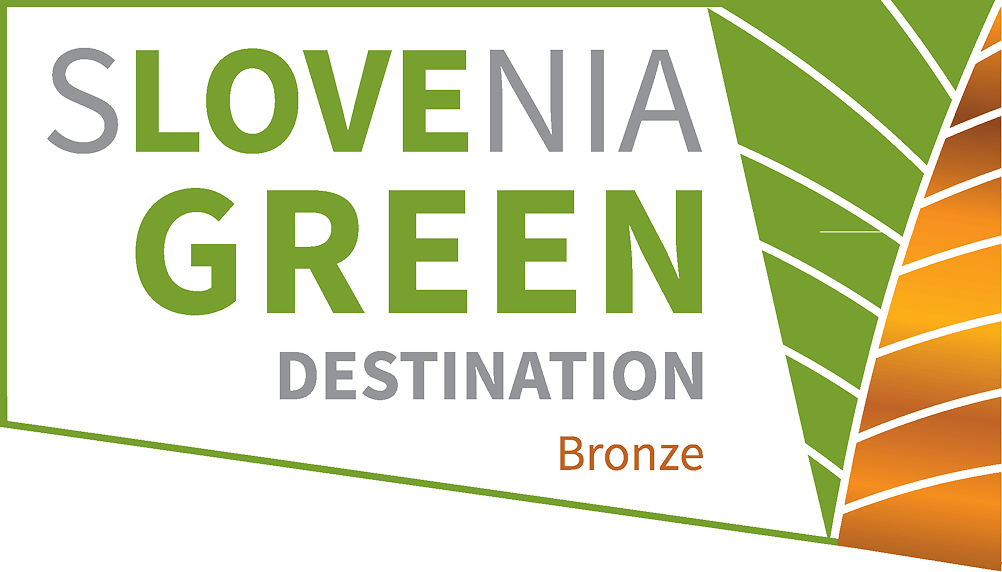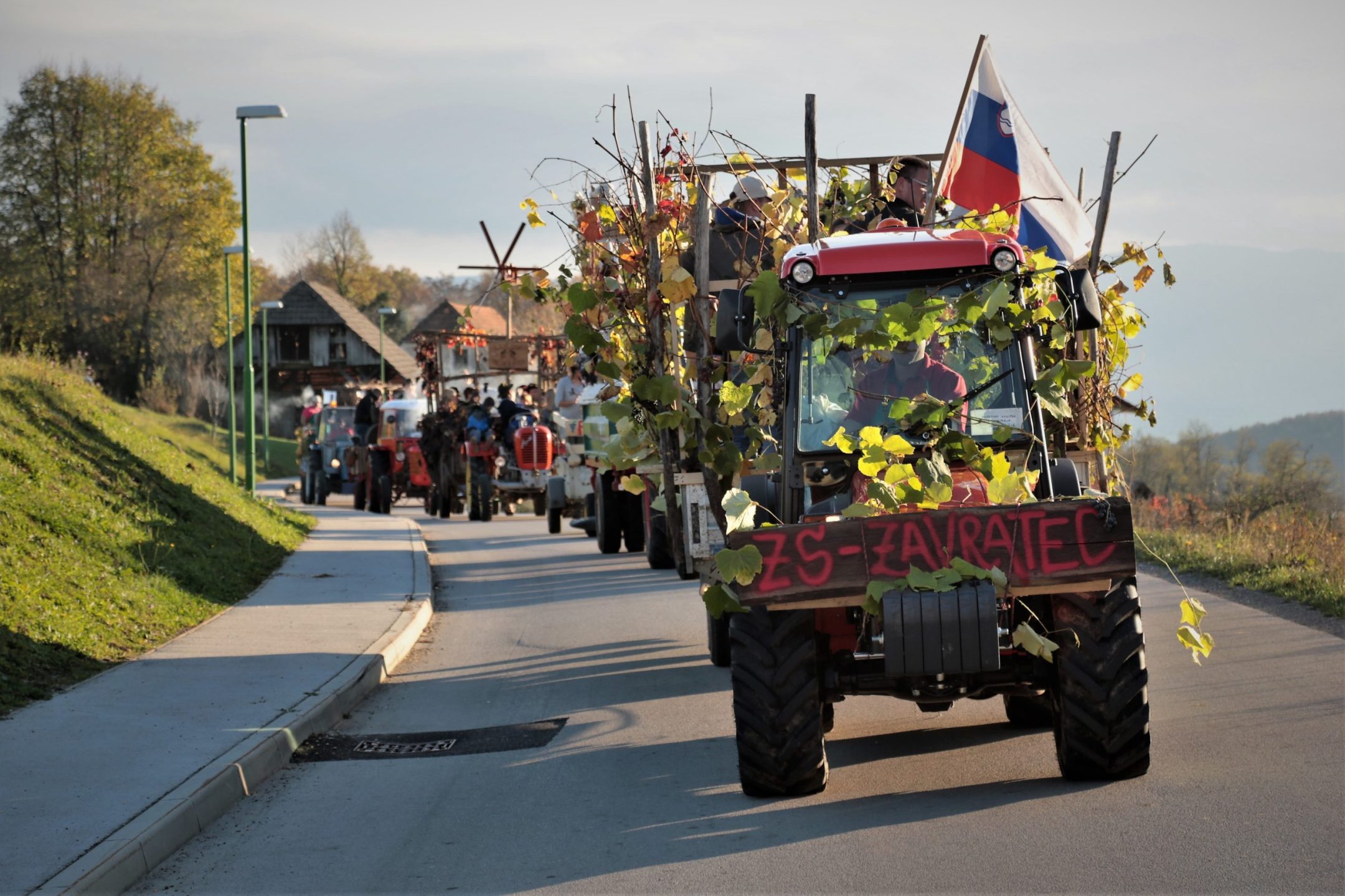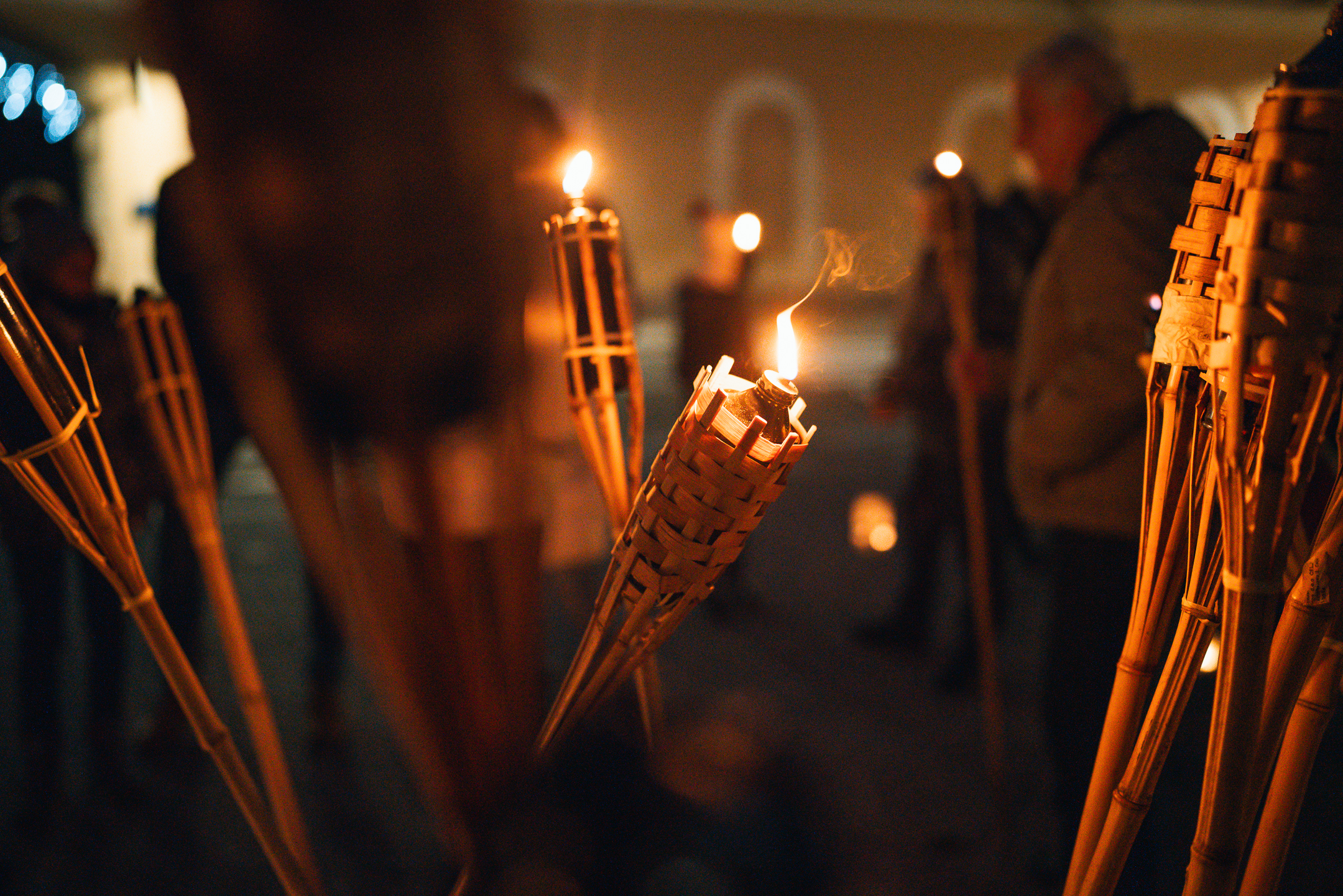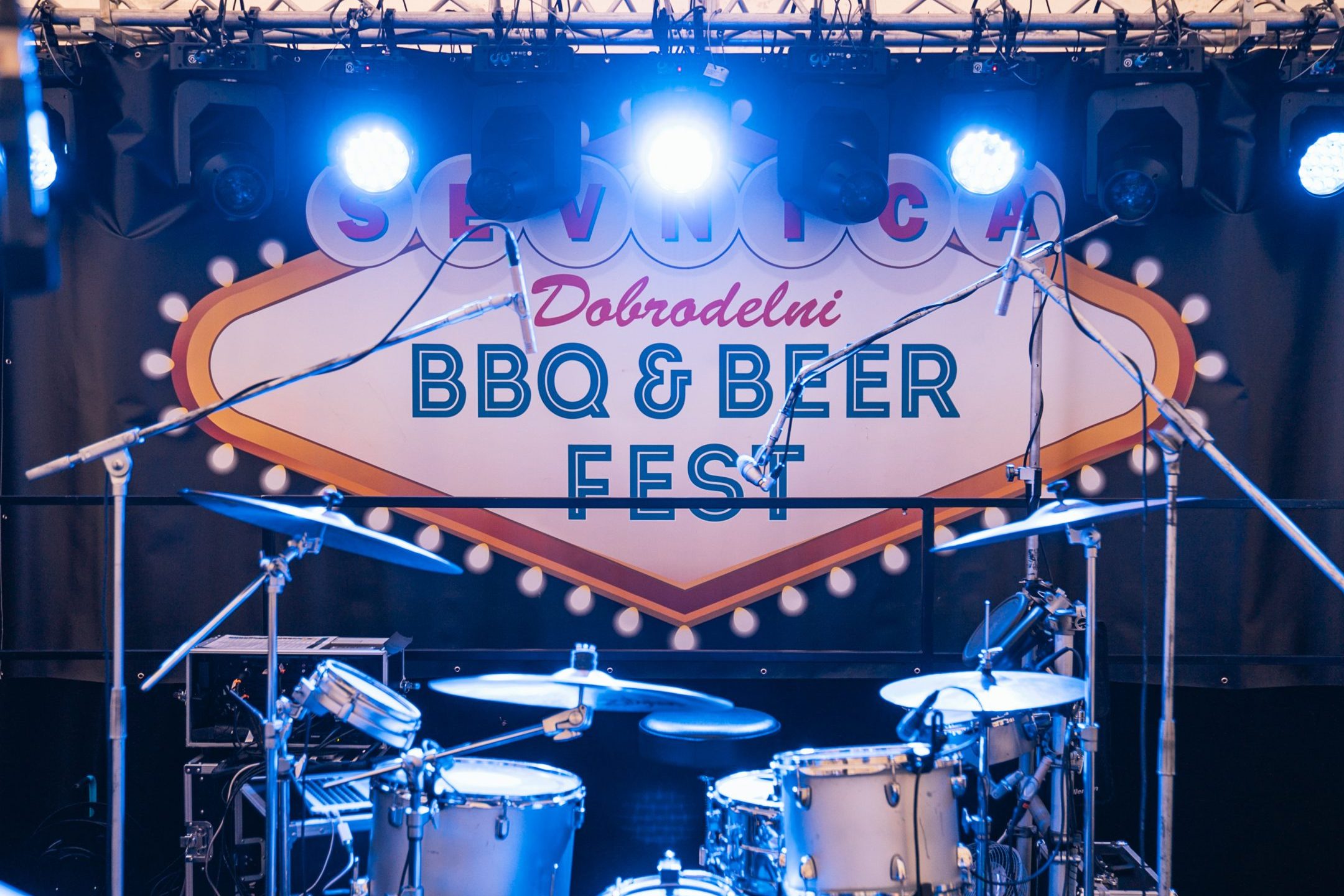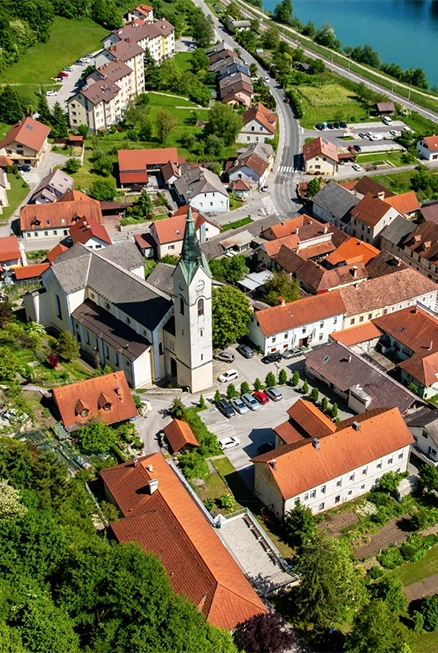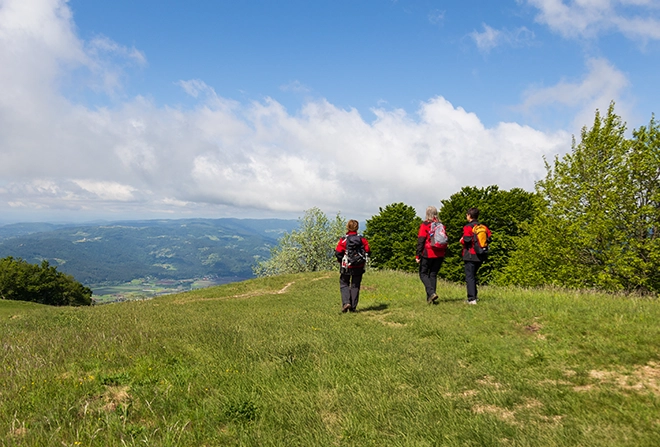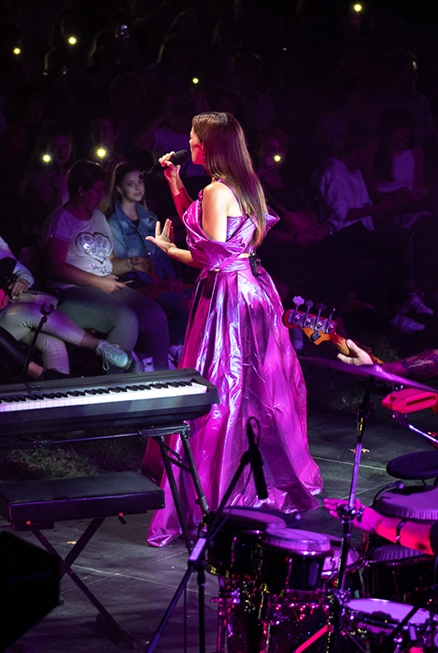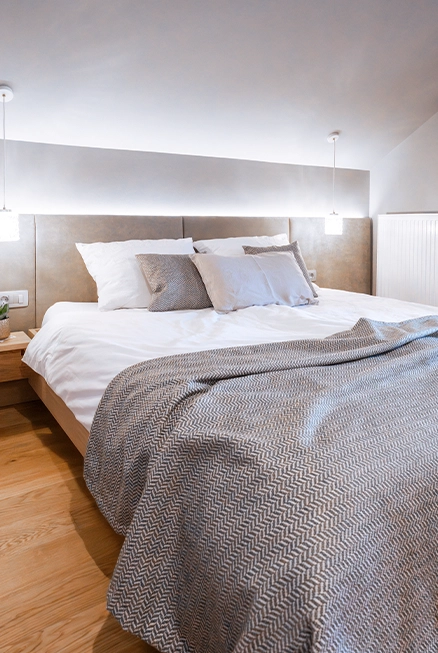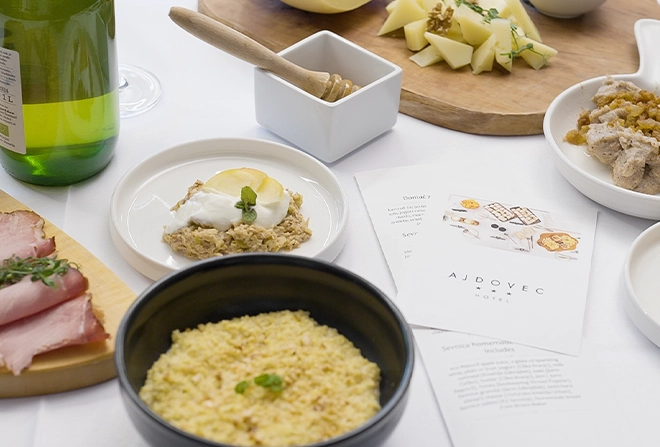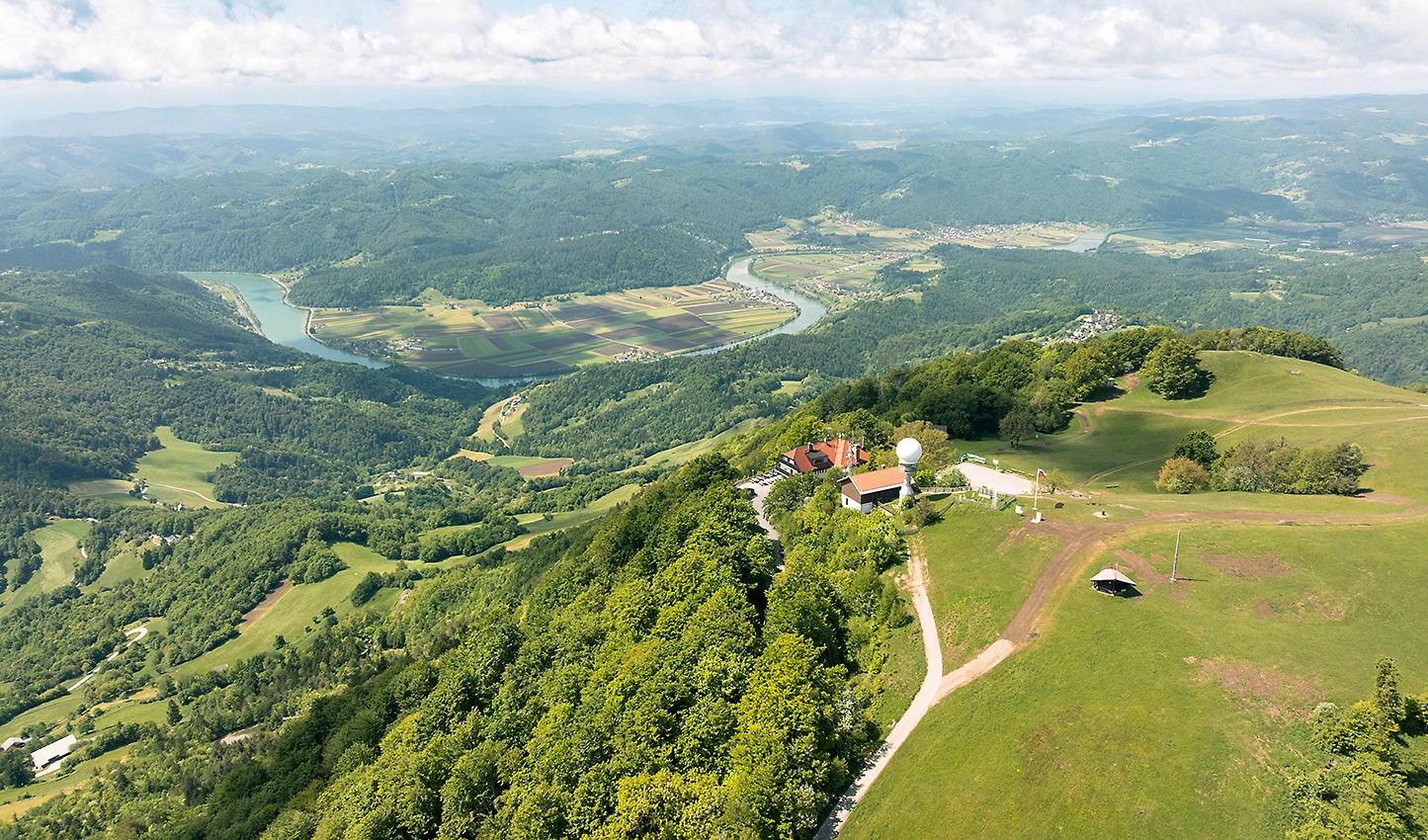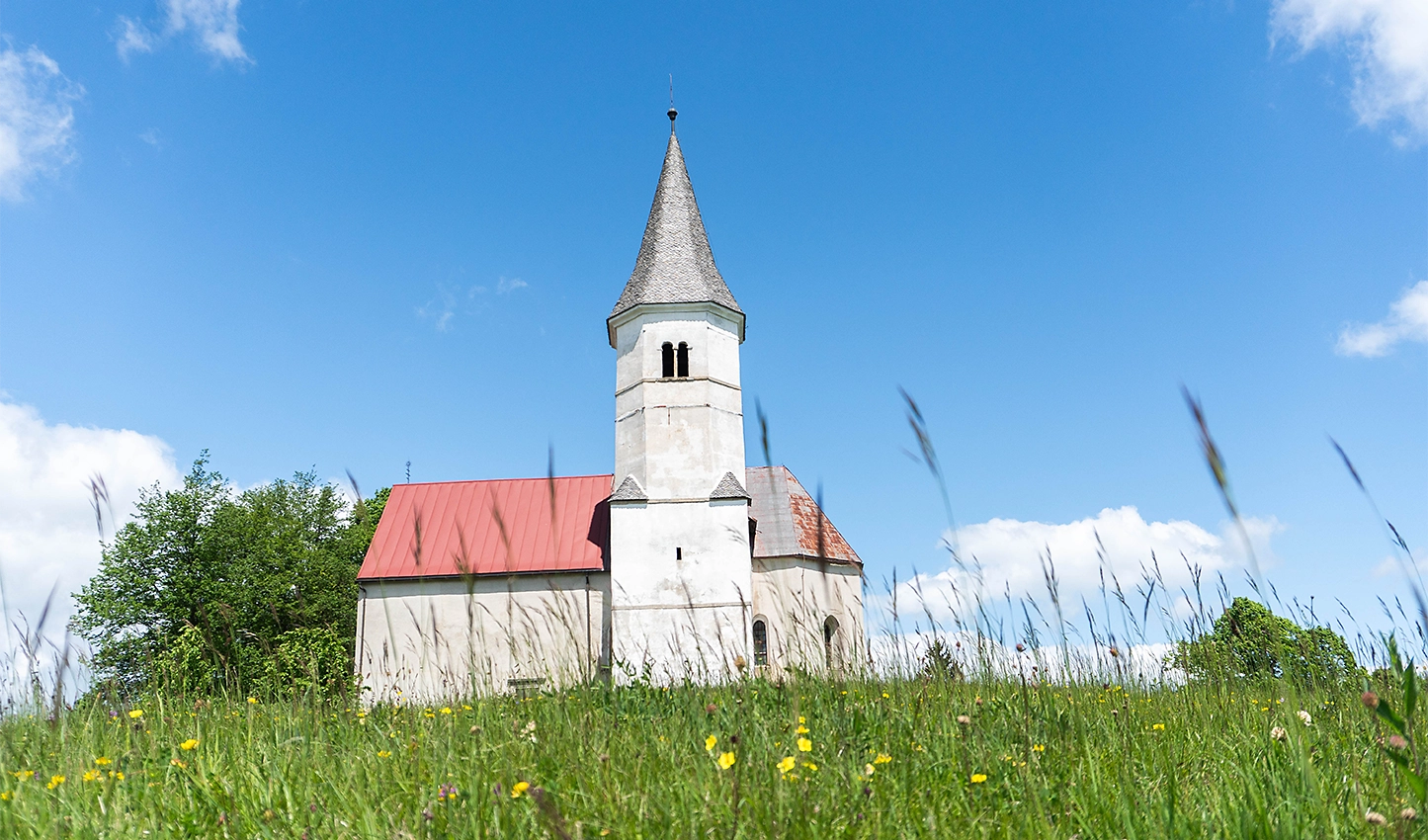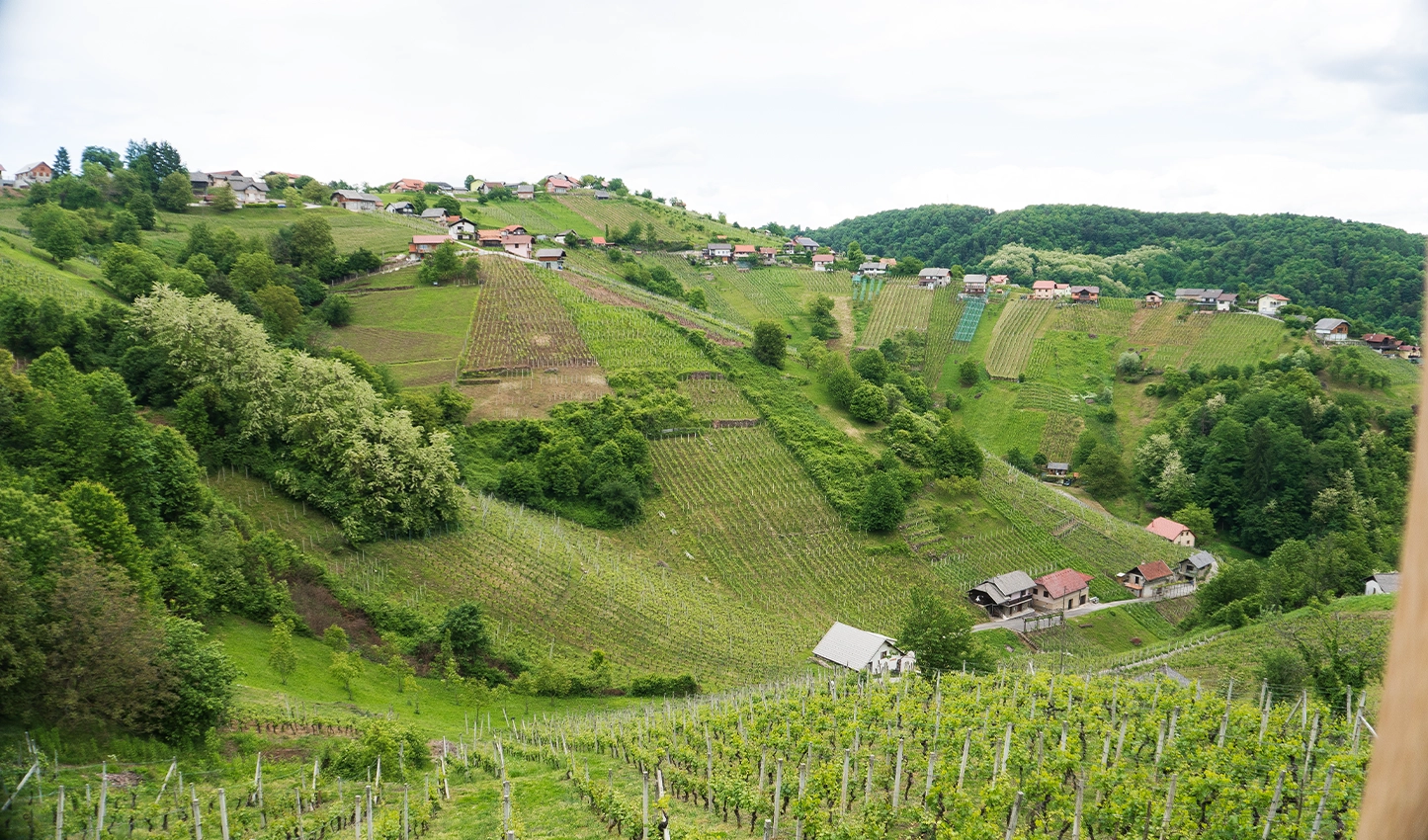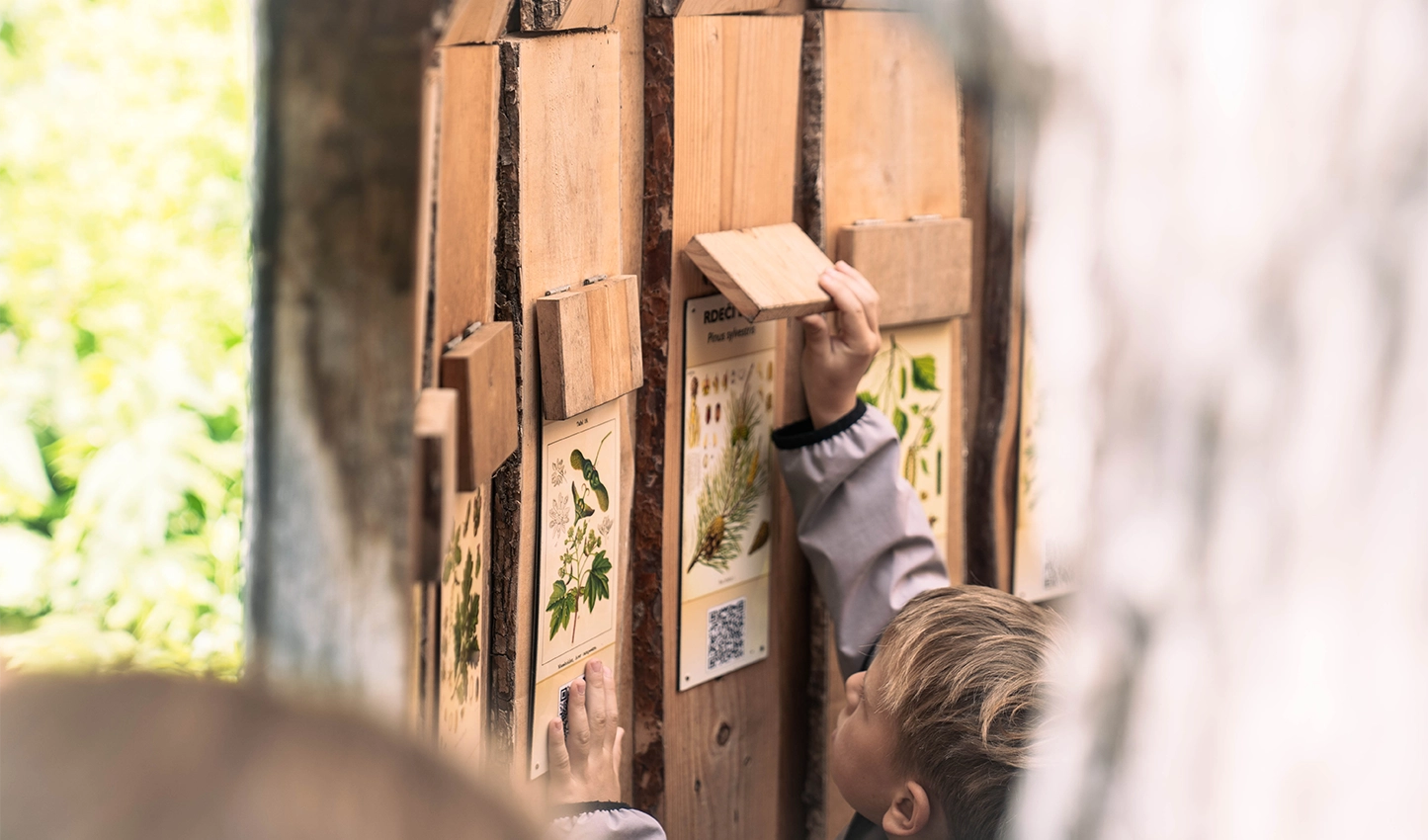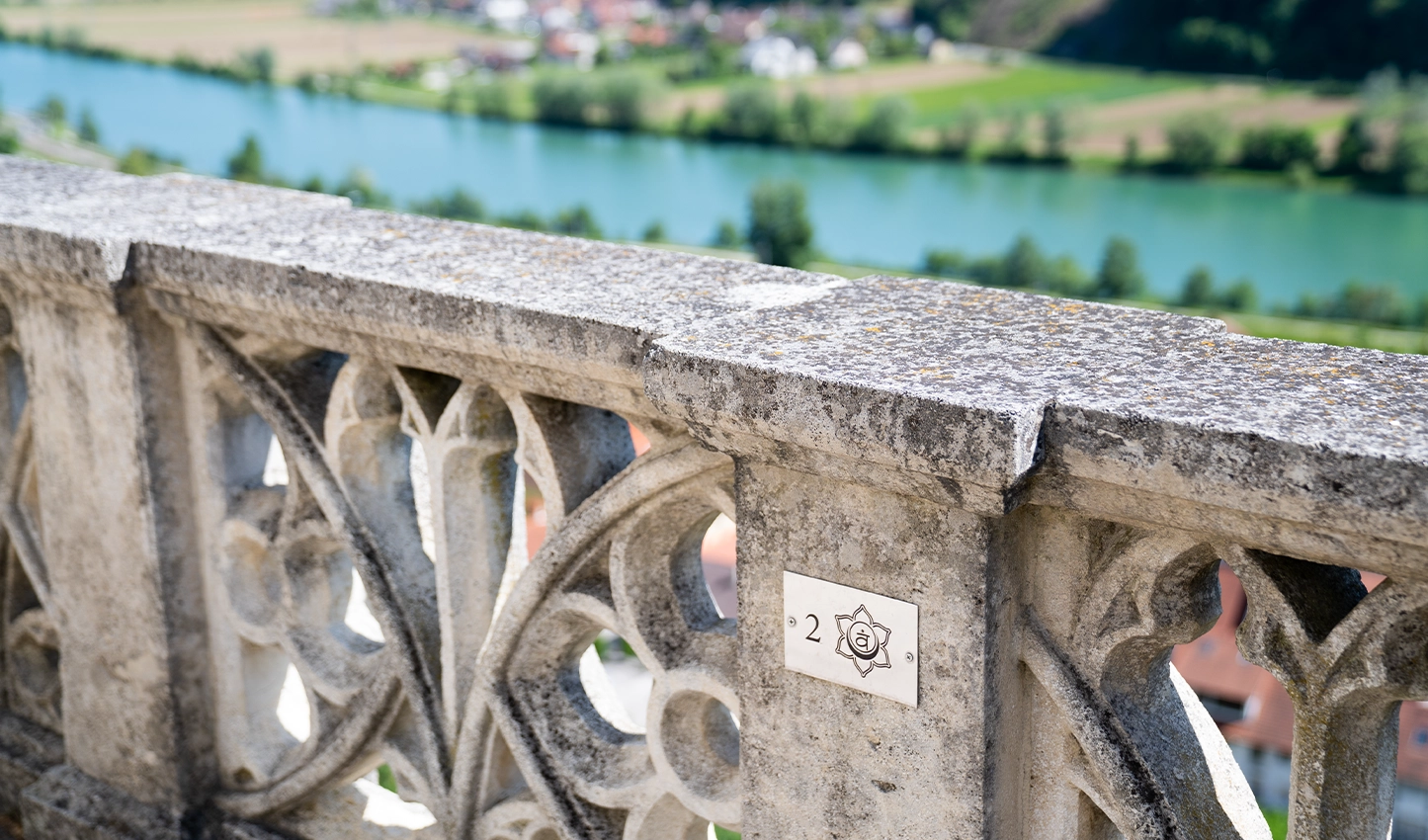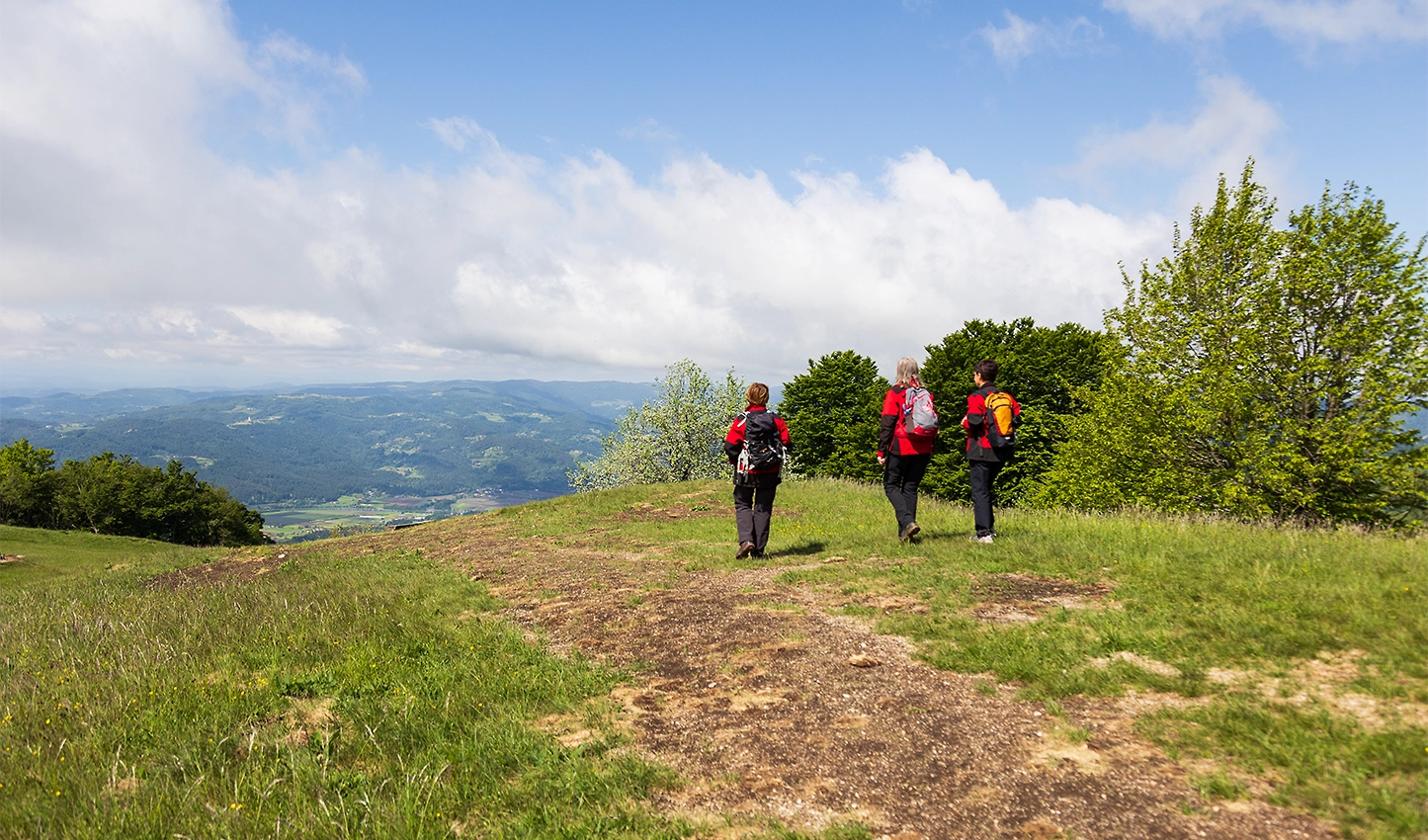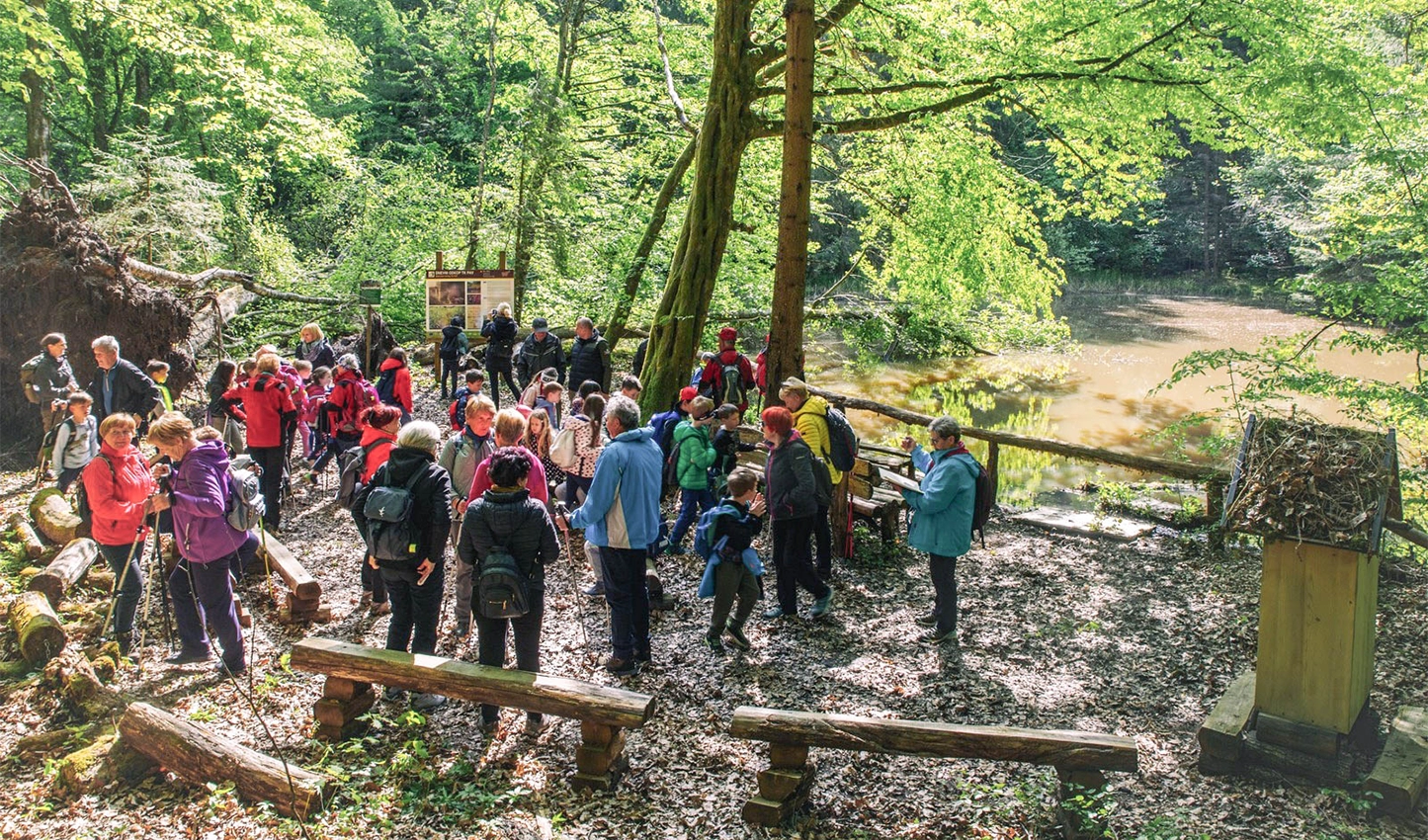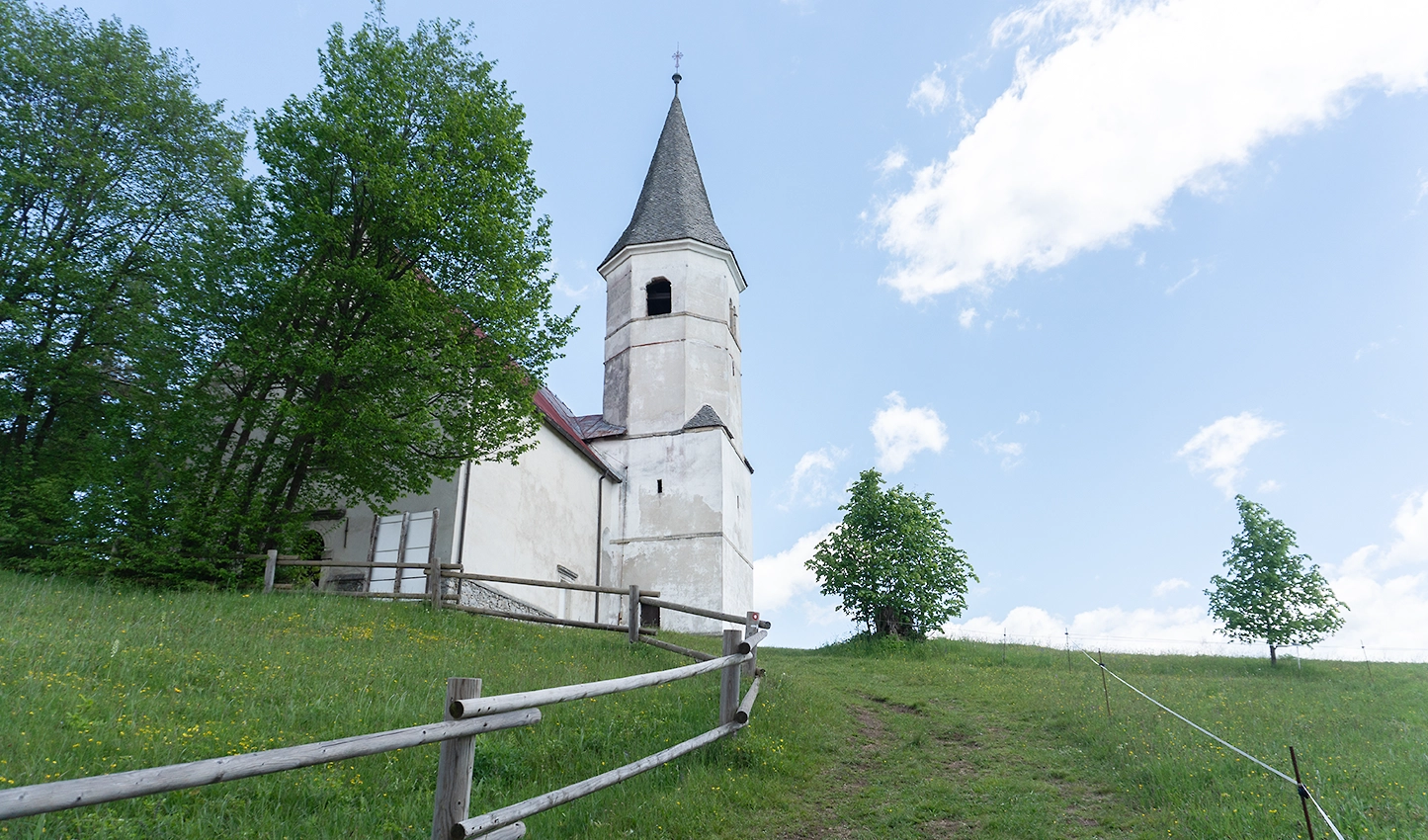VISIT SEVNICA
Sevnica – a treasure trove of experiences.
DO NOT MISS
Current events
THIS IS SEVNICA
What would you like to know?
In Sevnica, you can find something for everyone – history, nature, and authentic cuisine. And it is precisely this variety that gives it character. It is a town of just the right size, calm enough and interesting enough to be remembered. What will it persuade you with?
WHY SEVNICA?
What makes Sevnica so special?
01
Authenticity without the crowds
An authentic and peaceful experience, without mass tourism. Honesty and warmth of the local community.
02
Diversity in a small area.
Activities in nature, cultural attractions, and local cuisine are available in the area of a few kilometers.
03
Peace and relaxation.
Sevnica offers peace, a relaxed atmosphere, and an opportunity to escape from the stress of everyday life.
04
Culinary delights and local delicacies.
The cuisine is based on local ingredients and authentic recipes, closely related to the identity of the region.
“ We went to Sevnica for the weekend, without any particularly high expectations – and we were impressed. Splendid views, quiet walking paths, great wine, and friendly people. Everything was close at hand, in a relaxed atmosphere. There aren’t many places like that these days. ”
- Mojca L.
SUSTAINABILITY
Sevnica is part of the Green Scheme of Slovenian Tourism.
The town of Sevnica is a proud holder of the Slovenia Green Destination bronze label. Through this label, the town became a part of the family of Slovenian destinations that strive for a more sustainable future in tourism, for a high-quality experience for visitors, and for the well-being of the local community.
